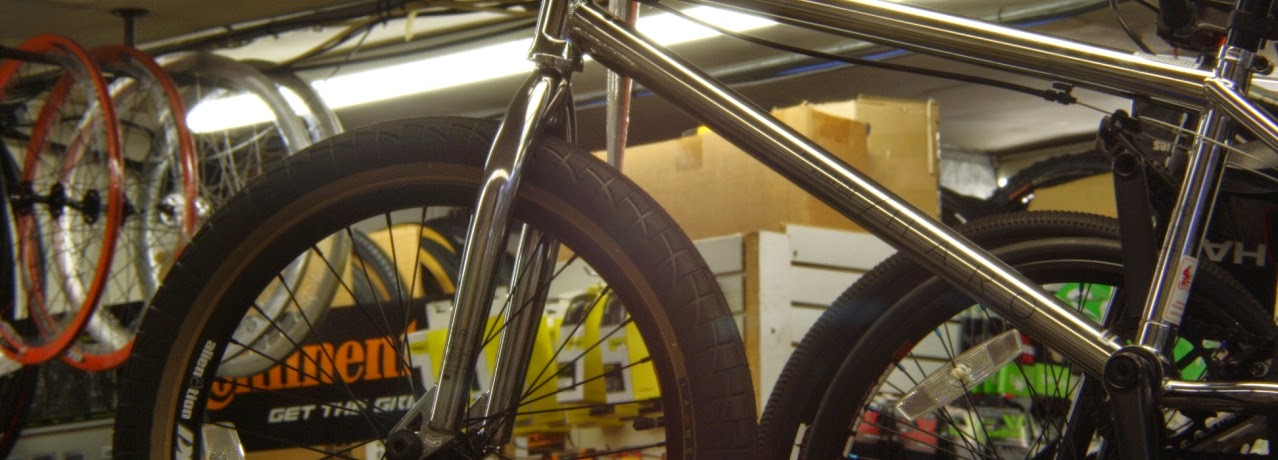| The 1885 Rover Safety Bicycle Photo courtesy of Mud Sweat n Gears |
The dandy horse was the forerunner of the bicycle. Then pedals were added to create the boneshaker. Since the pedals were attached directly to the front wheel and there was no gearing, it was quite slow. This problem was solved by making the front wheel larger, which led to the penny farthing. The penny farthing was a very practical device, and sparked a huge surge in the popularity of cycling. It did have a major drawback though - It was dangerous, for a couple of reasons:
- The rider sat up very high, so if anything went wrong, the rider had a long way to fall.
- If the rider hit a pothole or other obstacle, the bike could tilt forward and eject the rider - This was the dreaded "header."
In the 1870s, bicycle designers began to realize their were alternatives to a large wheel with pedals attached. Henry Lawson introduced a lever driven safety bicycle in 1876. Other designers kept the basic design of the highwheeler, but made the front wheel smaller. These bicycles were known as "dwarfs." A treadle driven dwarf was manufactured in 1878. In 1884 the chain driven dwarf McCammon Bicycle was introduced. These didn't gain much of a following, as the safety bicycle design showed more promise. In 1879 Lawson introduced the first practical chain driven safety bike, but it still had a front wheel that was about twice as big as the rear wheel. The 1885 Rover safety bicycle had similar sized front and back wheels. It is perhaps the first design that would be recognizable to us a modern style bicycle.
With the introduction of the safety bicycle, there was a huge surge in the popularity of cycling. No longer did you have to be a daredevil to ride a bicycle.
With the introduction of the safety bicycle, there was a huge surge in the popularity of cycling. No longer did you have to be a daredevil to ride a bicycle.

No comments:
Post a Comment